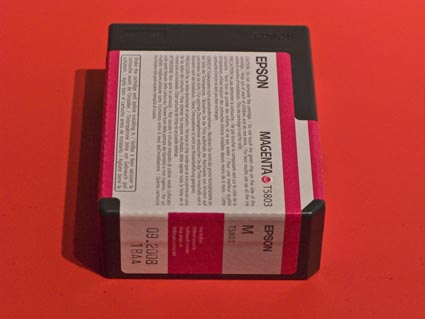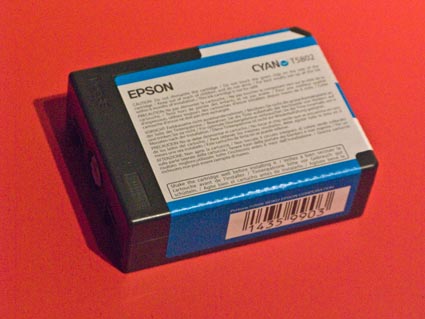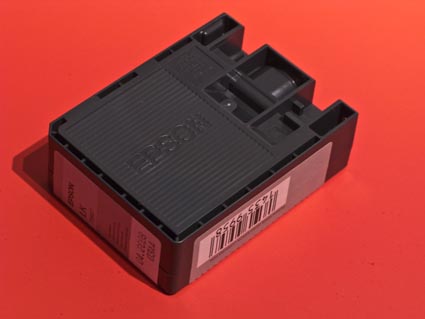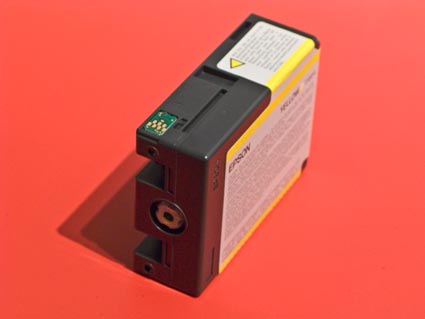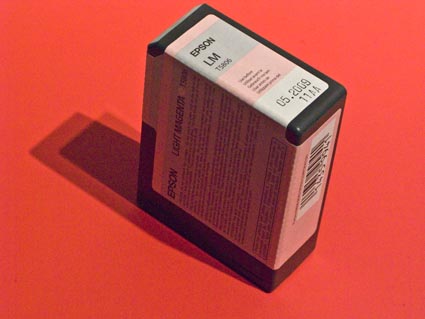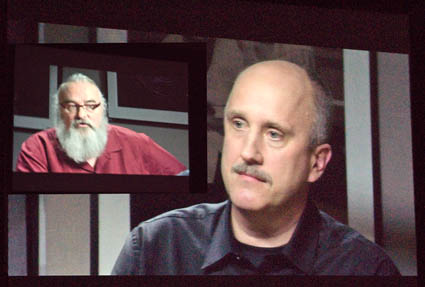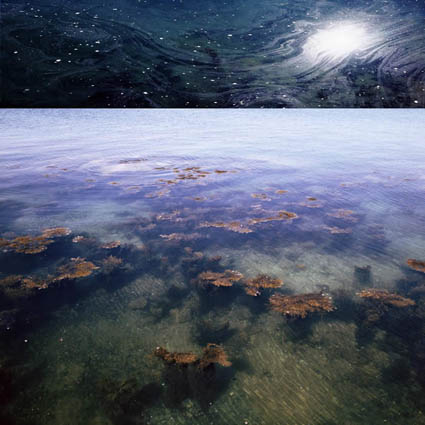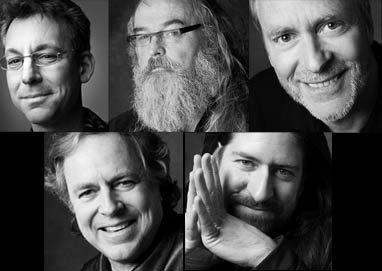Artist's Statement – Mandala in Silver & Gold
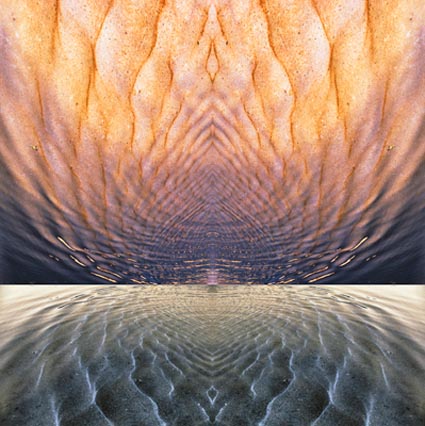
Like any art form, writing reveals new things every time you engage the process. You can use writing to explore dimensions in images that aren’t immediately obvious.
Here’s an excerpt from the first statement I wrote on Mandala in Silver & Gold. I later wrote a second. I think a third may be useful.
“Surprises often become the start of something new. I find they contain the seeds for a new series or a new subset of an existing series. A latent theme is suddenly made visible. Rosa Celestia is one of those images for me …
I’ve come to know more and more about this image the longer I have lived with it. Yet it still remains a mystery. The fact that I can’t explain it, yet it still moves me, tells me the work is alive. I continue to look and be fascinated by it. I see more every time I return to it. It has become a well to draw from.”
Read two statements on one image here and here.


